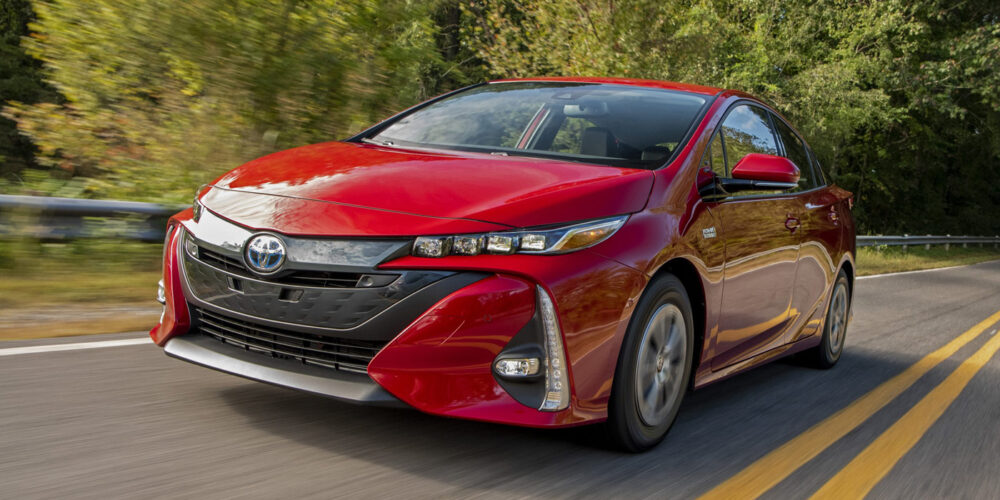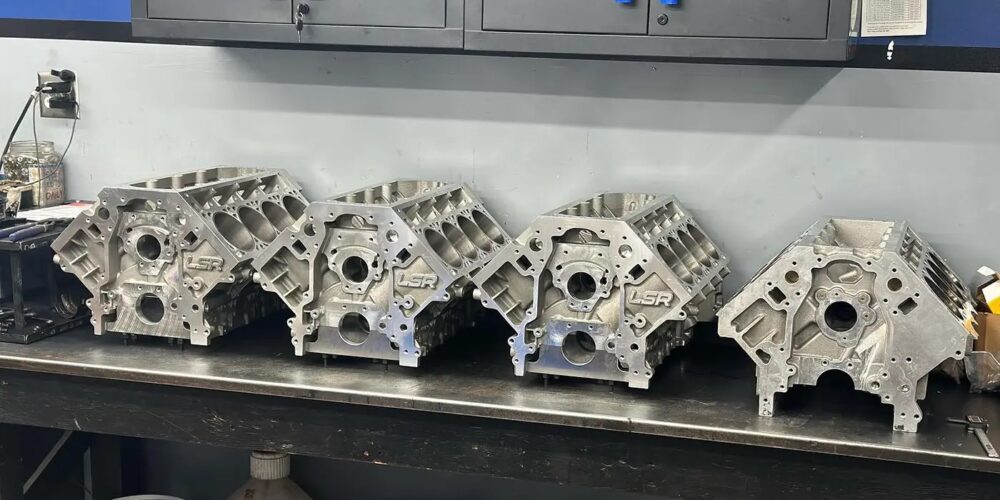I was young the first time I heard of a hybrid. But it wasn’t a car. It was a tomato my parents were planting in their garden. I couldn’t seem to grasp it. It was a strange word and an idea I didn’t get at first. Why did tomatoes have to change? Did they have to be different? I eventually accepted the idea, but why I chose a career field that’s always changing and throwing different things our way, that’s a question I still ask myself!
Just when you think you’ve got things down, here comes a new technology, like hybrid vehicles. My first thought was, “What, like a tomato?” Then, as with all new automotive technology, I started digging in and learning the new technology associated with them. I’m still learning.
As a counterperson, you’re on the front line as aging hybrids will start bringing their owners in the door, seeking parts and advice to keep them on the road. It can be a complex subject, but on a high level, it’s easy to understand and you can quickly get your customer the parts and the advice they need to keep them safe and on the road.
Hybrid electric vehicles (HEVs), or hybrids for short, are vehicles that combine a traditional internal-combustion engine (ICE) with an electric-motor drive system to achieve better fuel economy, lower emissions and higher power output.
There are multiple types of hybrids, the difference being how the engine and motor work together to transfer power to the drivetrain, as well as the degree to which the engine and motor contribute to propulsion of the vehicle. The main types are mild hybrids, full hybrids and plug-in hybrids (PHEVs). The short of it is that mild hybrids utilize an electric motor to assist the ICE; full hybrids have more powerful electric motors and only utilize the ICE when additional power is needed. PHEVs have larger battery packs, have a longer range when using the electric motor only and can be plugged in to recharge. Mild and full HEVs rely on regenerative braking, or a generator powered by the gas engine to recharge the battery pack.
The technology in an HEV is such that considerable training is required to work on the electrical systems, and just like a full electric vehicle, there’s a level of apprehension shared by many because of the potential danger. Safety always should be your first consideration, but don’t let it hinder your activity, because there are many of them that are already familiar territory.
Safety
Should you find yourself staring under the hood of an HEV, there’s only one thing to remember: Don’t touch the brightly colored high-voltage components or wiring. Originally, most manufacturers used a bright orange color, and many of them still do, but you also might see bright blue or yellow. It’s perfectly safe to look and work under the hood. The high-voltage systems are well-insulated – just respect the general rule of thumb and stay away from these areas. Leave this work to technicians trained specifically for it.
The Batteries
HEVs have a regular lead-acid-type 12-volt starting battery for the ICE. These can be tested and replaced as you normally would, using the same regular safety precautions, but there are a few extra things to consider. First, only use the battery with the exact specifications for the vehicle.
Many HEVs also have an extra lithium-ion battery, often located inside the vehicle, that powers accessories when the engine isn’t running. These are usually called auxiliary batteries, and they must be disconnected in addition to the starting battery during replacement.
This is a safety precaution so there’s no chance of voltage in the system, depending on how the two work together. You also will have to perform a reset of the battery-monitoring and management system, just as you would on most of today’s ICE-only vehicles.
There’s still a separate battery pack for the electric motor, but this is part of the high-voltage system that you’re not going to go near. It’s just a question your customer may ask you.
Maintenance
This is where things for the most part are going to be familiar territory. The ICE in an HEV has regular maintenance requirements and you can take advantage of what you already know in this category. Standard maintenance items include engine oil and filter, engine air filter, cabin air filter, fuel filter, spark plugs, engine coolant, brake fluid, drive belts and transmission fluid.
One thing that is different is the coolant. There are two cooling systems in an HEV: one for the ICE, and one for the electric-motor inverter system. The coolant level for both should be checked on a regular basis, and the cooling system for the ICE is just like the cooling systems we’re used to. Changing and flushing the coolant falls under traditional guidelines.
Often, the ICE and motor cooling systems appear to share the same radiator, but the coolants never mix between the two. These are two radiators joined together to fit in the space normally occupied by one. There are additional complexities with the electric-motor cooling systems, and it’s important that you recommend work on these systems be performed by a professional if there’s any question about proper procedures.
Air Conditioning
This is another area to use caution, but you’ll certainly get questions about it. Air-conditioning systems on today’s cars in general require a higher level of care when servicing due to the lower volume of refrigerant and the critical nature of the oil volume in the system. HEVs have high-voltage electric compressors so they can run with the engine off, and the A/C systems also work to cool the electric-motor battery packs in addition to the interior of the car.
Not only does proper A/C service require accuracy only attained by modern equipment, but with the compressor being one of the high-voltage components, it should only be serviced by a professional.
Additional Opportunities
There are ample opportunities for underhood sales in addition to regular maintenance items. Anything that can happen to an ICE in a standard vehicle can happen to an ICE in an HEV. Coolant leaks, oil leaks, sensors, switches, pulleys – any of these things are normal problems that occur and normal components that wear out. When it comes to selling parts for an HEV, think BLT: bacon, lettuce and tomato. The bacon and the lettuce are still there. Even the bread is the same. The tomato is just a little different.














